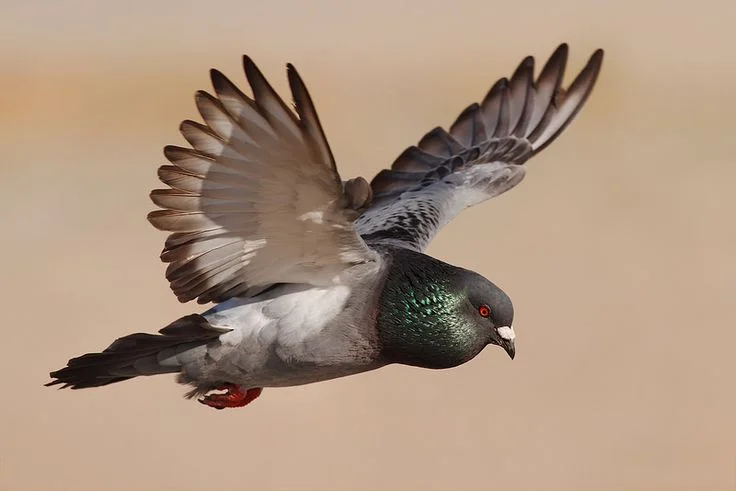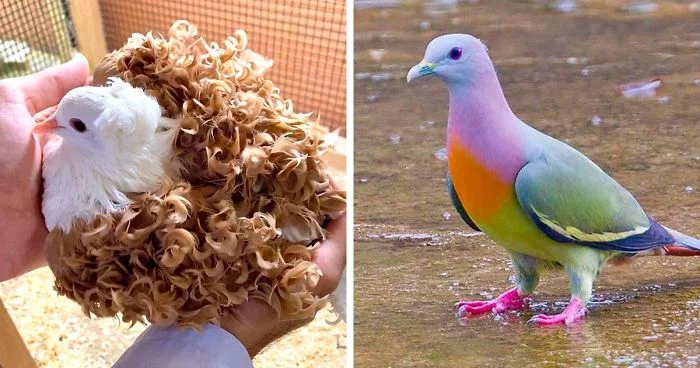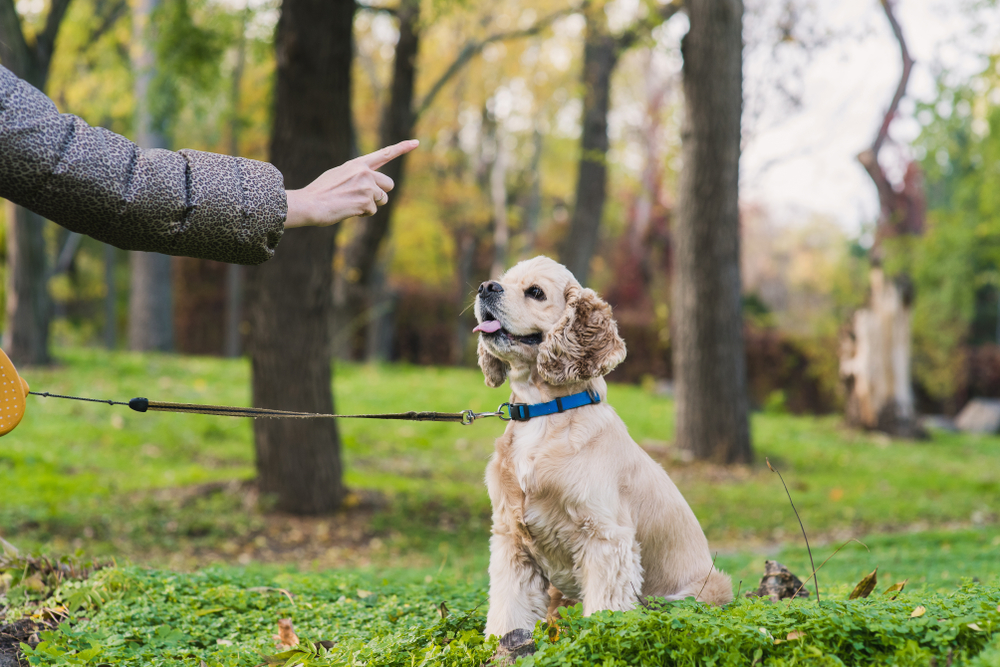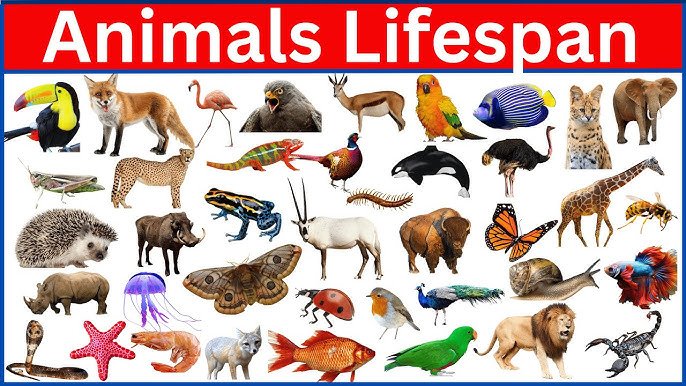Pigeon: Pigeons, also known as rock doves, are one of the most widely recognized birds in the world. They are found in almost every corner of the globe and are well known for their distinct cooing sound, beautiful plumage, and their ability to navigate and return home from long distances. Despite their popularity, pigeons are often overlooked and misunderstood. In this article, we will explore the fascinating world of pigeons, their behavior, and their relationship with humans.
Physical Characteristics and Behavior of Pigeon

Pigeons are medium-sized birds with a plump body and a small head. They have a short, rounded beak and small, dark eyes. Pigeons are highly adaptable and can live in a wide variety of environments, from dense urban areas to rural farmlands. Their feathers come in a range of colors, including white, brown, gray, and black.
One of the most fascinating aspects of pigeons is their homing instinct. Pigeons have an uncanny ability to navigate and find their way back to their home roost from hundreds of miles away. Scientists have been studying this behavior for years and have discovered that pigeons use a variety of tools to navigate, including the Earth’s magnetic field, the position of the sun, and visual landmarks.
Pigeons are social birds and are known to mate for life. They build their nests out of twigs and other materials, often in the rafters of buildings or under bridges. Pigeons are also known for their cooing calls, which they use to communicate with other birds in their flock.
Relationship with Humans
Pigeons have a long history of interaction with humans. They have been used for thousands of years as a source of food, as messengers, and even as racing birds. In many cultures, pigeons are considered symbols of peace, love, and fidelity. In fact, the famous carrier pigeons were used extensively during both World War I and World War II to deliver messages from the front lines.
However, in modern times, pigeons have become somewhat of a nuisance in urban areas. They are often seen as dirty and disease-ridden, and their droppings can cause damage to buildings and vehicles. Many cities have implemented pigeon control measures, such as the use of spikes and netting, to keep the birds from roosting in certain areas.
Despite their reputation, pigeons are actually quite clean birds. They preen their feathers regularly and are not known to carry any more diseases than other birds. In fact, studies have shown that pigeons can even be trained to detect cancerous tissue in medical samples.
Pigeon Conservation Efforts

Like many species of birds, pigeons are facing a variety of threats to their survival. Habitat loss, pollution, and hunting have all contributed to a decline in pigeon populations around the world. In some areas, the introduction of non-native predators, such as cats and rats, has also had a significant impact on pigeon populations.
Several organizations are working to protect and conserve pigeon populations. The Royal Pigeon Racing Association in the UK, for example, is dedicated to promoting the sport of pigeon racing and ensuring the welfare of racing pigeons. The Pigeon Control Advisory Service in the US provides humane solutions for managing pigeon populations in urban areas.
Pigeons are fascinating and misunderstood birds that have a long and complex relationship with humans. They are highly adaptable and are able to thrive in a variety of environments, from bustling cities to remote countryside. Their homing instinct and navigational abilities have captivated scientists for years, and their symbolism in many cultures speaks to their importance in human society.
Read Also: Cat
![]()






One thought on “Pigeon”